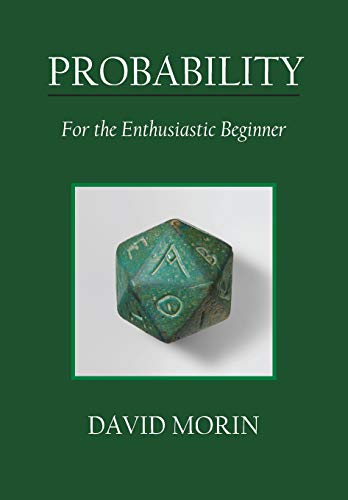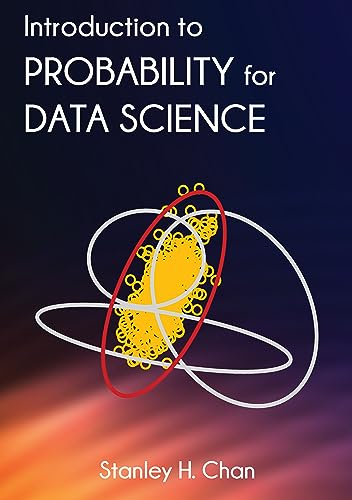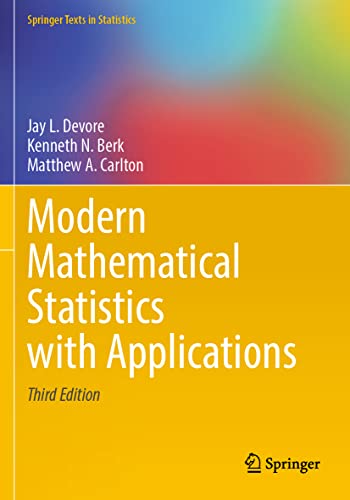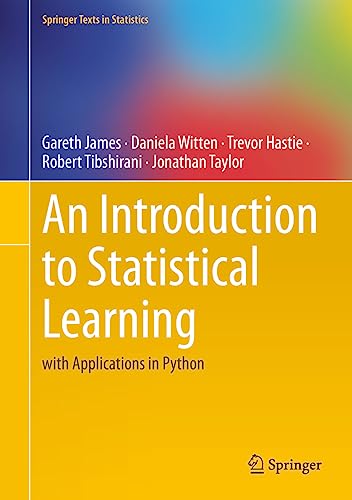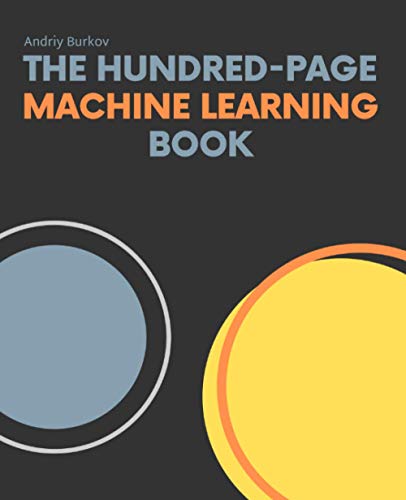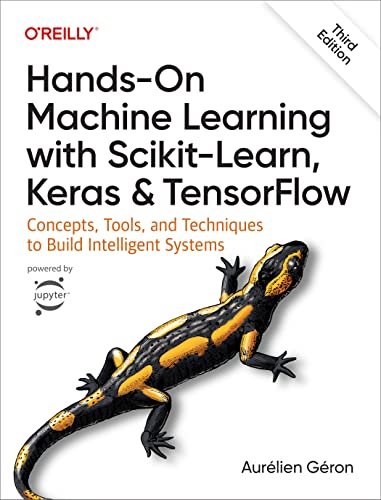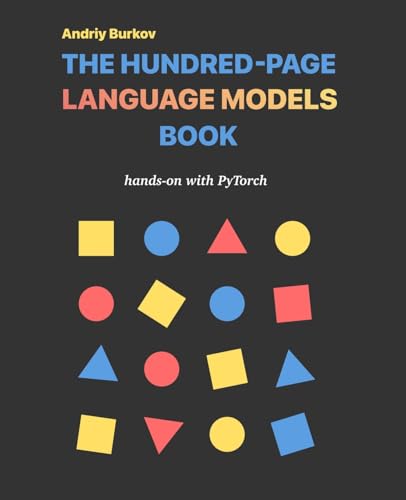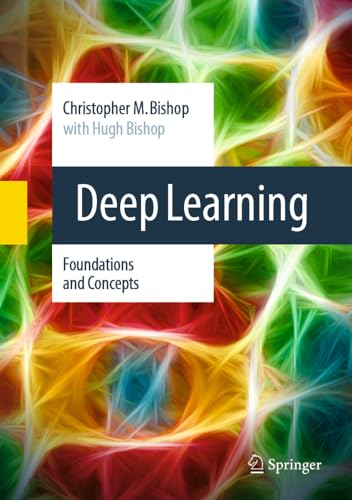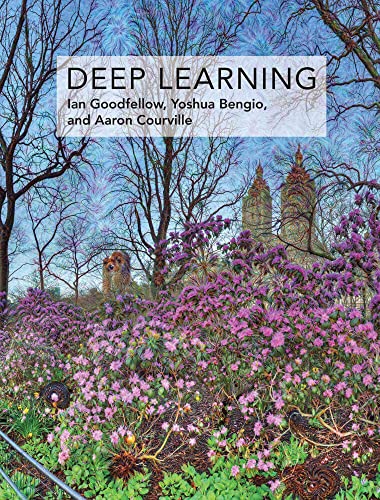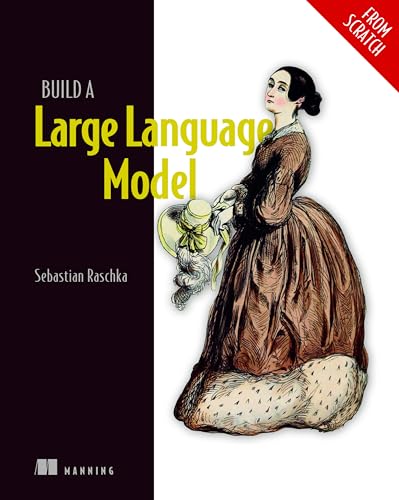From Probability to Deep Learning: A Self-Study Roadmap
People often say that data science and machine learning are the modern-day equivalent of electricity. For me, they represent a new kind of essential education — just like computer literacy became fundamental in the 1990s. Today, data literacy is becoming just as important, no matter what field you're in.
If you're teaching yourself data science or AI, the hardest part isn’t always the learning itself — it’s figuring out what to learn next. I’ve spent months curating and working through some of the most impactful resources available, from foundational mathematics to cutting-edge large language models.
This post outlines my self-study journey — the books, courses, and learning phases that took me from probability to deep learning. Whether you're just starting out or looking to go deeper, you're welcome to follow this roadmap or adapt it to your own pace.
Phase 1: Probability & Statistics
I’ve always found probability and statistics challenging — abstract, unintuitive, and at times frustrating. Yet, I knew they were essential. As the bedrock of data science, understanding uncertainty, distributions, and statistical inference was a non-negotiable first step before diving into machine learning.
My academic background is in theoretical physics, particularly in particle physics. Interestingly, statistical inference lies at the very heart of that field. In fact, almost every major discovery — from detecting subatomic particles to validating theoretical models — depends on rigorous statistical reasoning.
One of the most profound examples is the discovery of the Higgs boson. This wasn't confirmed by simply "seeing" something — it was a triumph of statistical significance, based on millions of data points and careful analysis. In this sense, understanding statistics isn’t just useful — it’s a lens through which we interpret reality itself.
If you come from a background in physics, mathematics, or any field where statistical inference is already a core component, you might be able to move quickly or even skip this section. But if not, I highly recommend spending time here. Build a strong intuition and grasp of concepts like p-values, distributions, and inference — they’ll serve you everywhere.
Below are two excellent books that helped me develop this foundation. The first is highly accessible and ideal for self-learners. The third is more mathematically rigorous — suited for mature learners or those seeking a deeper theoretical understanding. If you find it too dense, I suggest replacing it with Mathematical Statistics with Applications by DeGroot or fourth book as per one taste.
Phase 2: Core Machine Learning
With a solid grasp of probability and statistics, I moved on to the fundamentals of machine learning. The books I studied helped me understand supervised learning, overfitting, bias-variance tradeoffs, and essential algorithms like decision trees and support vector machines (SVMs). I also explored model evaluation metrics, feature engineering, and the importance of data preprocessing. These concepts are crucial for building effective and reliable machine learning models.
The transition from traditional statistical inference to modern machine learning is a crucial phase. At this point, it's helpful to imagine supervised learning as a generalization of linear regression, a familiar concept in standard statistical inference. However, the key difference lies in the objective: while traditional regression focuses on fitting a model to explain the data, machine learning emphasizes building models that can generalize well to unseen data.
In simple linear regression, we typically fit a straightforward function to observed data. In contrast, machine learning algorithms can handle arbitrarily complex data distributions — but with that flexibility comes the risk of overfitting. Avoiding this requires a strong understanding of the underlying algorithms, along with the ability to tune hyperparameters and optimize model performance.
The books listed below provide a solid foundation in machine learning, covering both theory and practical applications. They introduce essential concepts such as regularization, cross-validation, and ensemble methods — all key tools for building robust and scalable models.
I want to emphasize that there is no need to finish every book cover to cover. However, if you do, you'll likely enjoy the material more and be better equipped to troubleshoot problems — because you'll understand the theoretical reasoning behind the methods.r landscape.
Phase 3: Practical ML & Programming
Practicing by coding is absolutely essential in mastering machine learning — theory alone isn’t enough. Among the best starting points is Andrew Ng’s Deep Learning and Machine Learning Specialization on Coursera. His course is structured, beginner-friendly, and one of the most complete resources for building ML models from scratch. It’s hands-on, intuitive, and designed to help you internalize core concepts by implementing them yourself.
Of course, you’re free to choose from many excellent courses depending on your learning style and goals. Personally, I followed multiple paths — and found both Andrew Ng and Aurélien Géron extremely valuable. If you're learning from Andrew Ng, his curriculum alone is enough to gain strong confidence. But Aurélien Géron’s book offers an incredibly practical approach using well-established Python libraries like scikit-learn and TensorFlow. It’s perfect for those who want to dive into real-world applications right away.
I transitioned into hands-on machine learning by building, training, and evaluating real models in Python. Working through projects and exercises helped me connect the dots between theory and implementation — turning abstract algorithms into tools I could actually use.
Phase 4: Deep Learning Foundations
This phase marks a more advanced and conceptually distinct step in the learning journey. Deep learning opens up a wide range of powerful applications — from image recognition to natural language processing — but it requires a different mental model than traditional machine learning.
Unlike classic ML models that rely heavily on manual feature engineering, deep learning models — especially neural networks — learn complex patterns directly from raw data. This is achieved through multiple layers of abstraction, where each layer captures increasingly intricate representations. Understanding this process requires grasping core concepts such as neural networks, backpropagation, convolutional neural networks (CNNs), and recurrent neural networks (RNNs).
The books listed below offer a solid foundation in deep learning. They balance theoretical depth with practical applications, making them suitable for both academic exploration and hands-on work.
Once again, I highly recommend Andrew Ng’s Deep Learning Specialization on Coursera. It’s one of the most accessible yet powerful resources available. While many traditional sources make the math behind deep learning intimidating — especially topics like transformers and attention mechanisms — Andrew Ng presents them in a way that’s intuitive and easy to follow.
I also want to emphasize this: if your goal is to apply deep learning in industry, you don’t necessarily need to master the theory in full detail. Familiarity with key libraries (like TensorFlow or PyTorch) and knowing which models work best for which problems is often enough. However, understanding the fundamentals can significantly improve your ability to troubleshoot and innovate.
Phase 5: The Road Ahead
By this point, you've built a solid foundation in both machine learning and deep learning. But remember — this journey is just beginning. The list of resources so far isn't meant to be exhaustive; rather, it’s a launchpad. Where you go next depends on your personal goals.
If you're aiming for industry roles, now is the time to dive deeper into practical technologies: cloud platforms like AWS or Azure, containerization tools like Docker, and modern workflows involving MLOps, CI/CD, and deployment pipelines.
On the other hand, if you're pursuing research or academic mastery, now is the perfect moment to dive into the theory — slowly and deeply. One of the most elegant and comprehensive books I've come across in this regard is by Christopher Bishop. The mathematics behind deep learning models are nicely explain with accessible examples and exercises. The second book by Ian Goodfellow, Yoshua Bengio, and Aaron Courville is a classic in the field, providing a thorough theoretical grounding in deep learning. But these books are not just for researchers; they are also valuable for anyone who wants to understand the underlying principles of deep learning. They cover everything from the basics of neural networks to advanced topics like generative adversarial networks (GANs) and unsupervised learning.
Final Thoughts
The path from foundational mathematics to advanced AI is no longer just academic — it’s operational. In today’s AI-driven landscape, understanding data science isn’t sufficient unless it translates into deployable, scalable, and reliable systems. That’s where MLOps enters the picture.
This roadmap reflects a progression that goes beyond theory: it prepares learners for real-world ML workflows — from model design and evaluation to continuous integration, deployment, monitoring, and retraining. These are the capabilities that matter in production environments where models must evolve with data.
As we move into the era of large language models (LLMs) and retrieval-augmented generation (RAG), the boundaries between traditional ML and software engineering continue to blur. Engineers are now expected to design not just performant models, but also scalable architectures, robust data pipelines, and human-in-the-loop feedback systems.
If you’re on a similar path — transitioning from core ML understanding to real-world AI applications — this roadmap is meant to help you connect the dots. Use it as a blueprint, adapt it to your domain, and evolve it as tools and paradigms shift. Let’s build the systems that turn theory into impact.
If you're interested in understanding how large language models (LLMs) operate at industry scale, the following book offers a comprehensive guide. It walks you through building a language model from scratch, delving into the core components of transformer architectures, and exploring the complexities of training, fine-tuning, and deploying these models for real-world applications.
